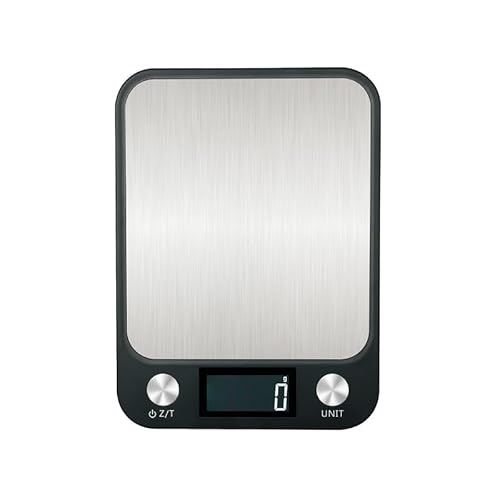emi
Well-Known Member
Ok sorry I assumed that you are the green purist bunch found in California and NYC and suburban area.
Haha! I am no purist. I buy plastic water bottles by the crate and don't compost and I drive a car... alone everyday! Maybe I should get rid of that "Los Angeles" next to my name. ha! Actually I lived in San Francisco for 10 years before LA! oh nooo talk about "purists"!! The thing is I'll take a purist that keeps it all to themselves any day over someone who thinks they're better than everyone else because of whatever it is they choose to eat or buy or believe in. I can't STAND self-righteousness. which again is why I really try to keep all that to myself and avoid conversations about it like the plague. I just want to enjoy our commonality here which is our interest/obsession/addiction/passion for making soap! I kinda love the fact that a lot of us here might not have anything at all in common otherwise! All it takes is soap!
Save











































 If you were to ask me, I consider my formula with 50% OO to be a 'Bastile'.
If you were to ask me, I consider my formula with 50% OO to be a 'Bastile'.